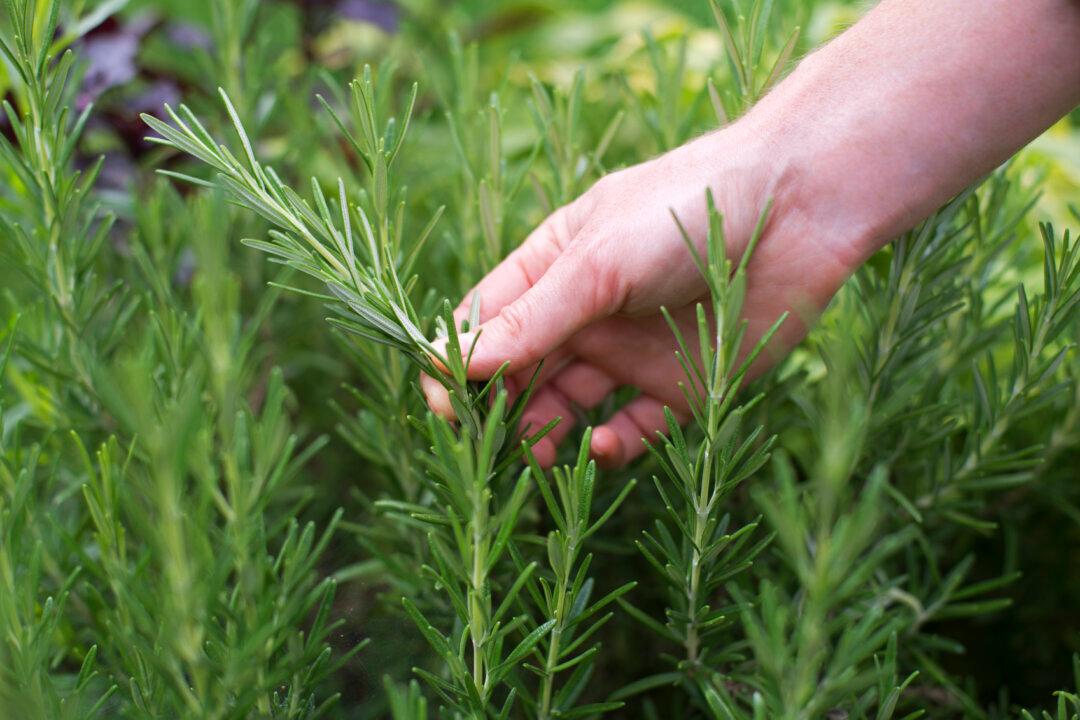Rosemary is one of the most important plants in ancient Greek herbalism and remains one of the top herbs in the modern spice rack. The name comes from the Romans who called it rosmarinus, which is Latin for “dew of the sea”—possibly a reference to its periwinkle-blue flowers.
Rosemary has many applications, but it’s best known for memory. Shakespeare makes mention of this in “Hamlet,” but the connection came way before him. In ancient Greece, for example, students studying for exams would braid rosemary garlands into their hair to help with recall during tests.






